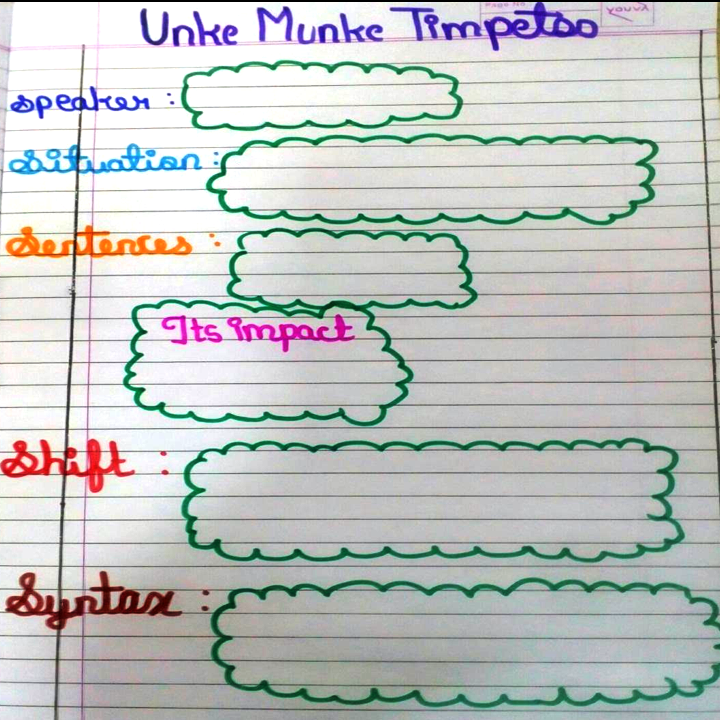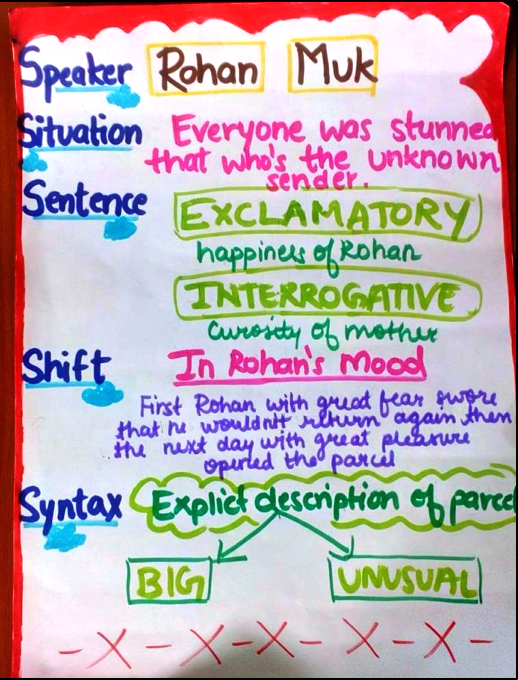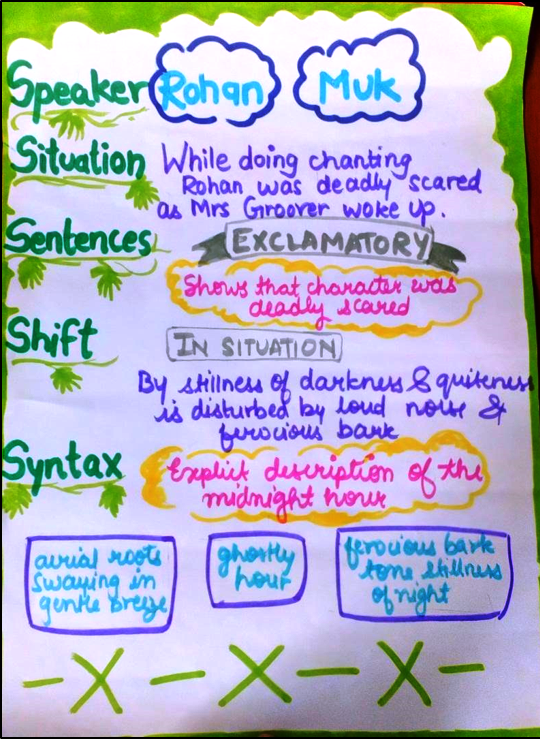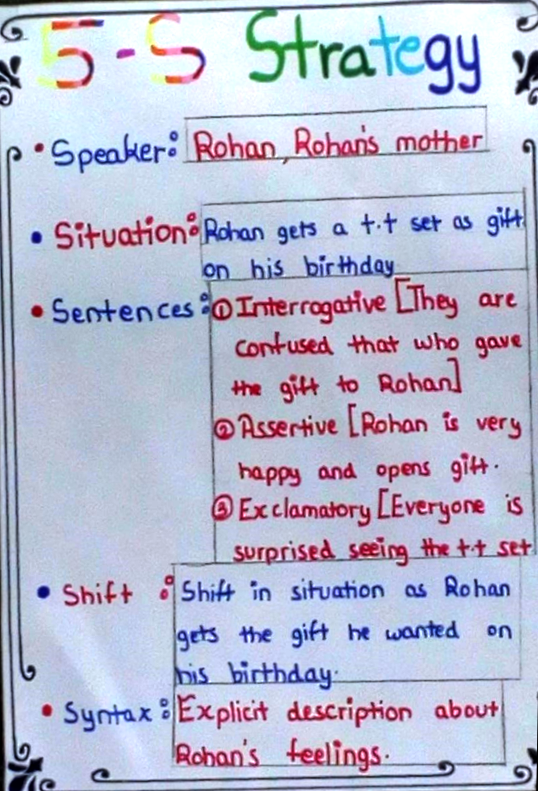Here, I would like to share one strategy that I recently used to teach a prose text named – Unke Munke Timpetoo, from the grade 7 Balbharati text. This strategy is called The Five-S Prose Strategy.
The aim of teaching language as a subject is to enable the students to be proficient in skills like listening, reading, speaking and writing. It took me a considerable amount of time to understand this aim of teaching a language. It was only when I got introduced to a number of strategies to teach language as a subject that I realized the need to help students achieve these proficiencies. This realization caught me off guard as it forced me to look back at the times when I was being taught language through reading and narration methods which were purely based on achieving only one proficiency of language learning i.e. listening. Is it not boring to teach prose in this monotonous way? Here, the teacher remains the active narrator and students, a bunch of passive listeners.
As a teacher, I realized I couldn’t keep going this way. I always make it a point to look for the strategy that can serve two purposes:
1) It should address skills other than just the listening skill.
2) It should make my class look like a bunch of active students engaged in doing productive activities to learn language skills.
Here, I would like to share one strategy that I recently used to teach a prose text named – Unke Munke Timpetoo, from the grade 7 Balbharati text. This strategy is called The Five-S Prose Strategy. The main objective of this strategy is to enable the students to analyze a story purely on the basis of the types of sentences and words used in a story. The plus point of this strategy is, students themselves engage in reading the text and making sense of it. The challenging part, of course, is handling the noisy class.
I briefly describe here how I conducted the strategy. To begin with, I started the discussion with, ” Are superstitions to be believed in or not?” This discussion was done with the intention to bring them closer to the text and students also became curious to know how superstitions played a very important role in this text. This compelled the students to read the text. After this, I proceeded to the next step where I explained to the students what Five S stands for. It stands for Speaker, Situation, Sentences, Shifts, Syntax. How would students apply this to the lesson? I guided the students to look for some of the following:
- Who is the speaker?
- What is the situation?
- What types of sentences are used?
- Do the types of sentences reveal anything about the characters’ emotions?
- Is there any shift in the tone of the characters or situation in the story?
- How does the syntax help you to infer the gist?
In order to make the task simpler, I divided the text into appropriate paragraphs. As the text was divided into paragraphs, students worked in groups of three and analyzed each paragraph and jotted down points in their graphic organizer.

Once students finished analyzing their paragraphs, the next part was to share what they have jotted down. I encouraged the students to come forward and share their points. Here, I got the opportunity to take the discussion to a more reflective level where students understood how the sentences, words and syntax used in the text can shape our meaning or understanding of the story.



The above samples of the students’ work represent the students’ understanding of the text. As can be seen in their work, they managed to infer the attitude and emotion of the characters by analyzing the sentences and their types. With the successful analysis of the sentences, students were easily able to understand the shift in the tone of the characters or shift in the situation of the story. Syntax helped the students to get to the overall gist of the story.
Read more Stories from the School
As far as my experience is concerned, I really enjoyed the part where students came forward to share their points and learned the technique of inferring meaning with the help of this strategy. I am satisfied that with the help of this strategy my students interpreted the story themselves and they also developed the skill of critically analyzing a text rather than plainly understanding the story. This, in turn, enhanced their reading, speaking and writing skills.
The Five-S Prose Strategy is Contributed by Vinita Pal


This is an excellent way to make learning engaging.
The graphic organisers the kids made is also excellent. It would be good to know if you have a multi-level class and how these kinds of strategies enable everyone to learn as well.
You mention managing noise levels, some description of the classroom in action would help others use this in their classrooms.
Excellent way of keeping the class engaged and helping students to comprehend the topic superbly. I loved this strategy
we really appreciate as you share this kind of effective and excellent way to arouse the students’ interest and motivation in the field of literature.Your strategy can give a lot of great knowledge not only for us but for students who are eager to learn prose.Thanks again.